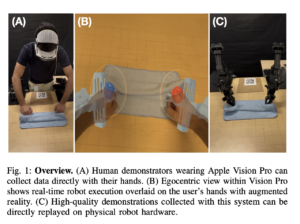Developments in Family of Claude Models by Anthropic AI: A Comprehensive Review

Anthropic AI’s Claude family of models represents a great challenging feat for GPT models in AI technology. With the release of the Claude 3 series, Anthropic has expanded its models’ capabilities and performance, catering to various applications from text generation to advanced vision processing. Let’s have an overview of these developments, highlighting the advancements and comparative features of the models within the Claude family.
Claude 3: The New Generation
The Claude 3 series includes three models: Claude 3 Opus, Claude 3 Sonnet, and Claude 3 Haiku. Each model addresses specific needs & offers a balance of performance, speed, and cost.
Claude 3 Opus: This is the most powerful model in the Claude 3 series. It can handle highly complex tasks with remarkable fluency and human-like understanding. It is ideal for scenarios requiring top-tier performance and intelligence, making it suitable for sophisticated AI applications.
Claude 3 Sonnet: Positioned as the balanced model, Claude 3 Sonnet offers a blend of intelligence and speed. It is particularly well-suited for enterprise workloads and scaled AI deployments, providing reliable performance at a lower cost than Opus.
Claude 3 Haiku: This model is designed for speed and responsiveness. It is the fastest and most compact in the series, making it perfect for applications needing near-instantaneous responses and seamless AI interactions.
Key Features of Claude 3 Models
The Claude 3 models come equipped with several advanced features:
Multilingual Capabilities: Improved fluency in non-English languages, including Spanish and Japanese, enabling robust translation services and global content creation.
Vision and Image Processing: All Claude 3 models can process and analyze visual inputs, making them suitable for tasks like document analysis, web UI processing, and image catalog metadata generation.
Steerability and Ease of Use: Enhanced ability to follow directions, giving users more control over the model’s behavior and output quality.
Model Upgrades: Periodic updates to enhance performance and capabilities, with each update pinned to a new model version to ensure backward compatibility.
Comparative Overview of Claude Models
The table provides a comparative overview of the key features and capabilities of each model in the Claude family:
Conclusion
The Claude 3 series by Anthropic AI provides versatile and high-performing models tailored to various applications. Whether users want the raw power of Claude 3 Opus, the balanced efficiency of Claude 3 Sonnet, or the swift responsiveness of Claude 3 Haiku, they can choose a model that best fits their specific needs.
Sources
https://docs.anthropic.com/en/docs/models-overview
![]()
Aswin AK is a consulting intern at MarkTechPost. He is pursuing his Dual Degree at the Indian Institute of Technology, Kharagpur. He is passionate about data science and machine learning, bringing a strong academic background and hands-on experience in solving real-life cross-domain challenges.













